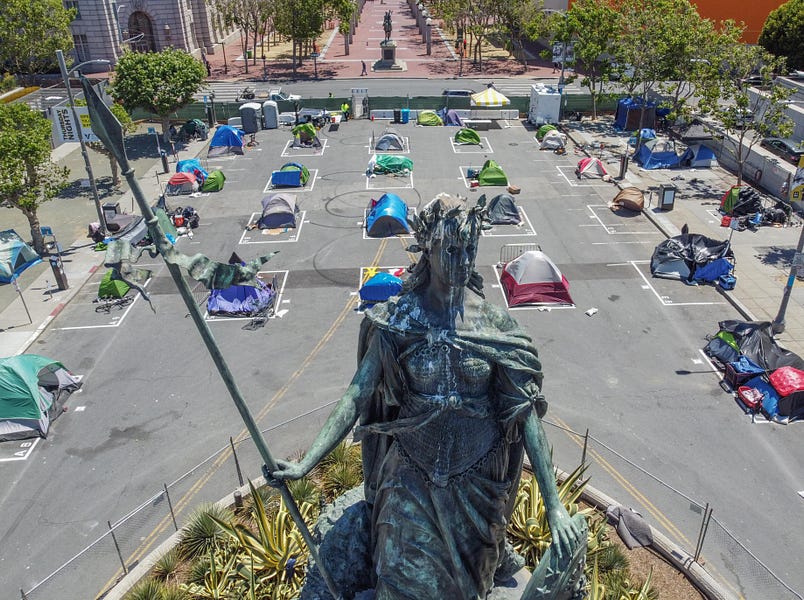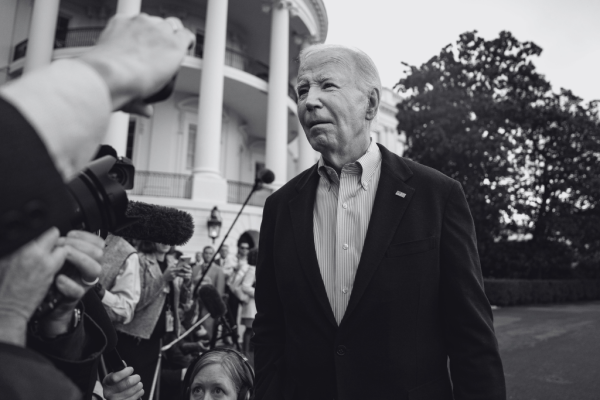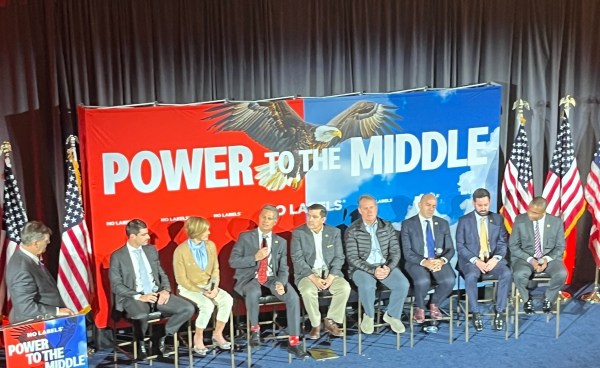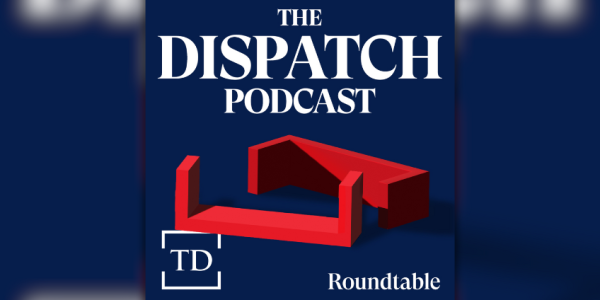In his 1970 classic and controversial The Unheavenly City, Edward Banfield wrote that growing affluence in America’s cities “has increased feelings of guilt at ‘social failures.’… In the upper-middle-class view it is always society that is to blame.” This results in a rush to “fix things” according to overly narrow, ideological plans.*
A half-century later, in a season of urban disruption and discord, America’s unheavenly cities once again serve as outposts in contemporary culture wars. The left explains current urban crises almost universally through the lens of racism, while President Trump has decided cities are the perfect theater for his “law and order” re-election strategy.
The wealthier, safer, and more powerful cities become, Banfield noted, the more their affluent overseers and beneficiaries paradoxically see problems. But not just any problems. They see problems that allow them to pursue larger sociopolitical goals while shifting blame when their efforts generate (predictable) crises.
NIMBY-ism masquerades as sustainable development while pricing out the middle class, anti-paternalism turns homelessness into a public crisis for which developers and corporations get blamed, self-dealing teachers unions drive parents into the suburbs and then decry how school financing policies favor the suburbs, and police are defunded in the name of anti-racism while resulting spikes in crime are blamed on racism.
Today’s progressive (mis)management of America’s cities is Banfield’s guilt-based urbanism gone awry. Platitudes against inequality and injustice notwithstanding, today’s left-leaning urban overseers are responsible for the unaffordable housing, poor school outcomes, income segregation, and policing problems that characterize much of urban life today. These problems predate our current crisis, which has merely blown the top off for all to see.
This wasn’t always so. From the mid-1980s into the 1990s, mayors and city councils from both political parties grappled with urban problems less ideologically in ways that influenced the national debate on reforms to schooling, public housing, community policing, government innovation, and welfare. Between 1991 to 1996, for instance, America witnessed the first school voucher law, the creation of charter schools, widespread adoption of community policing, welfare reform, and the replacement of large-scale, violence-ridden public housing with more humane mixed-income neighborhood developments. In every case, local leaders either shaped federal policy or influenced the national debate, or both.
A contributing factor to this season of reform may have been political competition. In 1995, of the largest 20 cities in America, eight had Republican mayors and 11 had Democrats (and one had an independent). By 2000 the ratio had changed to six and 14, respectively, and stands at three and 16 today (with one independent). Another way to look at this is to view today’s 20 largest cities retrospectively. Since 2000, Fort Worth, Charlotte, Seattle, Denver, and Washington, D.C., have grown their way into the top 20. In 2000, today’s top 20 cities had seven Republican mayors and 13 Democrats, and in 1995 were evenly split at 10 and 10.
Today’s urban overlords are more ideologically homogeneous, resembling the class-conscious metropolitan elites Banfield warned us about. In 1980, the 15 metro areas with the most inequality were concentrated mostly in the South and consisted of cities with fewer than 1 million residents. The only major metro areas on the list were Orlando, Florida, and New Orleans, Louisiana. Fast forward 35 years, and the list of the 15 metro areas with the most inequality includes San Jose, New York, San Francisco, Los Angeles, and Washington, D.C. The ratio of the richest to poorest in today’s 15th most unequal metro area is greater than the most unequal metro area in 1980, and urban poverty is concentrated at three times the rate today than in 1980. Urban inequality since 1980, especially in progressive strongholds, has become less race-based and more class-based.
Cities that have become platforms for progressive culture wars are losing people. Before the 2020 pandemic and urban protests, millennials were leaving New York and San Francisco for less expensive—and less ideologically charged—cities such as Houston, Denver, Austin, and Nashville. Outmigration from Chicago has been occurring for years, and Portland, once a poster child of population growth and now the symbol of out-of-control rioting, has been experiencing a considerable slowdown in growth the past five years.
America’s cities need more political competition and a fresh crop of leaders focused on real ideas about solving problems, not ideologies flowing from a “national conversation.” Intellectual innovation and independence have long been key features of dynamic cities. Without them, cities stagnate into rigid, class-based enclaves with diminished opportunity.
What might a new generation of urban reformers do?
Cities everywhere await the leader who will be brave enough to liberalize land use to make housing more affordable. Lower-income and working-class people depend on it. Cities will never be inclusive and more socioeconomically diverse without it. Some positive steps in cities like San Diego (under a Republican mayor, incidentally) show progress is possible on this front.
Increasing geographic mobility in metro areas so people can move close to employment training and good jobs is key. This can be done by using new data tools to help people find out which jobs are growing the fastest in their regions, and making training dollars more flexible to support non-traditional certifiers and educators and the irregular schedules of many working people.
School reforms should accelerate after the pandemic. More charters, more hybrid models, and other alternative-learning options for kids are important if city leaders want to keep families in the city. This will require reformers to keep bucking the status quo to which unions are religiously wedded.
Cities need to be safe. Recovering the gains of community policing is a good place to start. Crime prevention and neighborhood partnerships should prevail over top-down crime-response models of policing. Police are members of our cities just as those they are policing. Police departments should readapt to that reality.
Because neighborhoods with parks, libraries, grocery stores, and eateries correlate with more neighborliness and well-being, redevelopment plans for low-income areas should be comprehensive. Affordable housing is important, but affordable neighborhoods even more. A forward-thinking mayor could do a lot with that idea.
Finally, cities should be granted waivers from a host of federal program requirements so they can combine federal resources—housing, welfare, food, services—into flexible aid to support work, mobility, and training. Urban leaders should unite and make these kinds of demands on the federal government against the special interests of welfare programs (yes, welfare is a special-interest business).
Banfield lamented that the old smoke-filled room in which urban leaders used to cut deals has been replaced with the “talk-filled room” in which the “politician, like the news commentator, must always have something to say even when nothing urgently needs to be said.”
Too many American cities are run by the talk-filled room once again. It’s time for that to change.
Ryan Streeter is the director of domestic policy at the American Enterprise Institute.
Correction, Sept. 18: The article initially referred to The Unheavenly City as being published in 1968. The book came out in 1970.





Please note that we at The Dispatch hold ourselves, our work, and our commenters to a higher standard than other places on the internet. We welcome comments that foster genuine debate or discussion—including comments critical of us or our work—but responses that include ad hominem attacks on fellow Dispatch members or are intended to stoke fear and anger may be moderated.
You are currently using a limited time guest pass and do not have access to commenting. Consider subscribing to join the conversation.
With your membership, you only have the ability to comment on The Morning Dispatch articles. Consider upgrading to join the conversation everywhere.